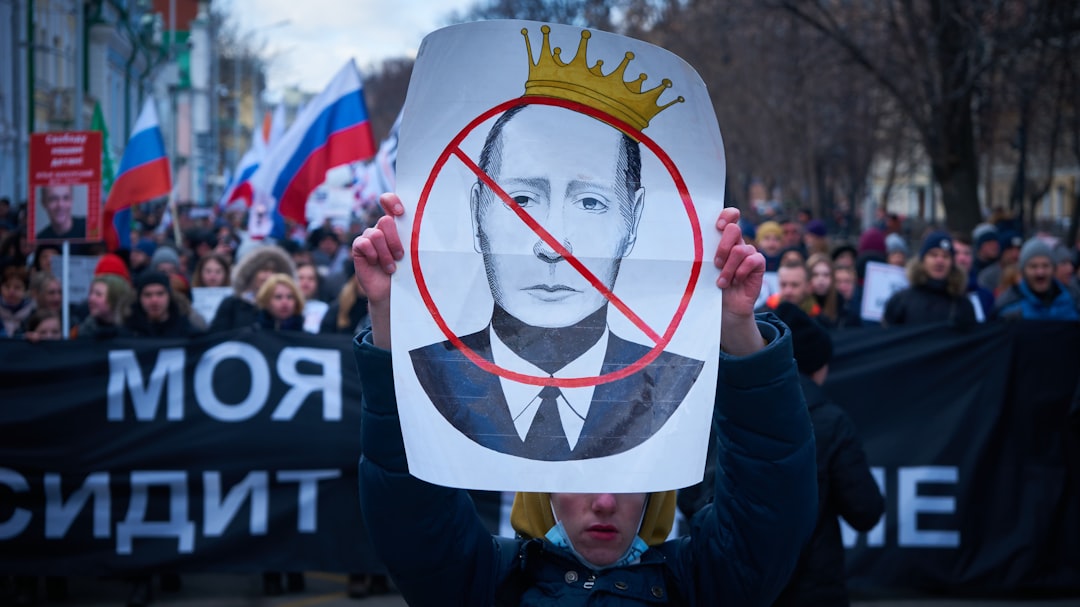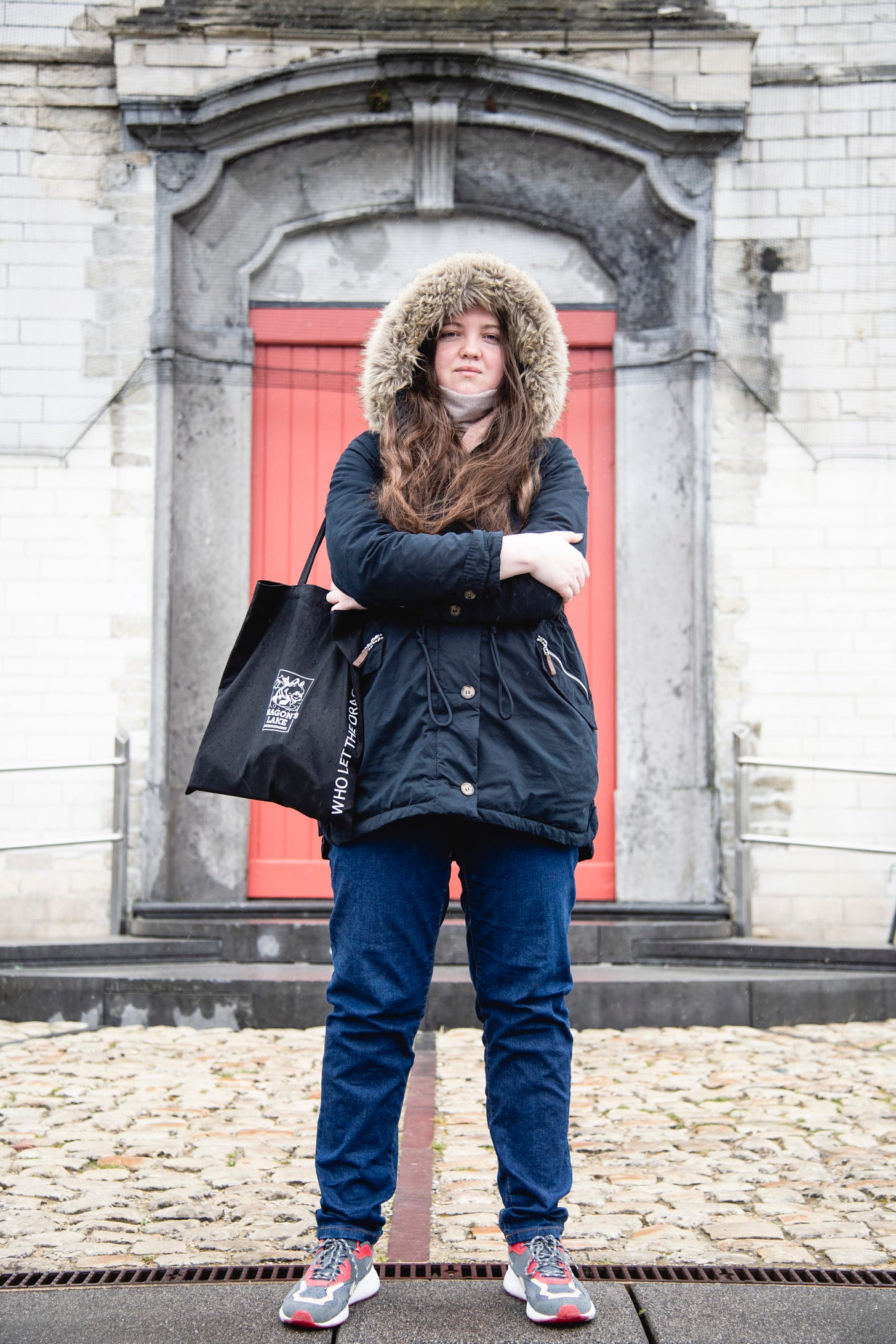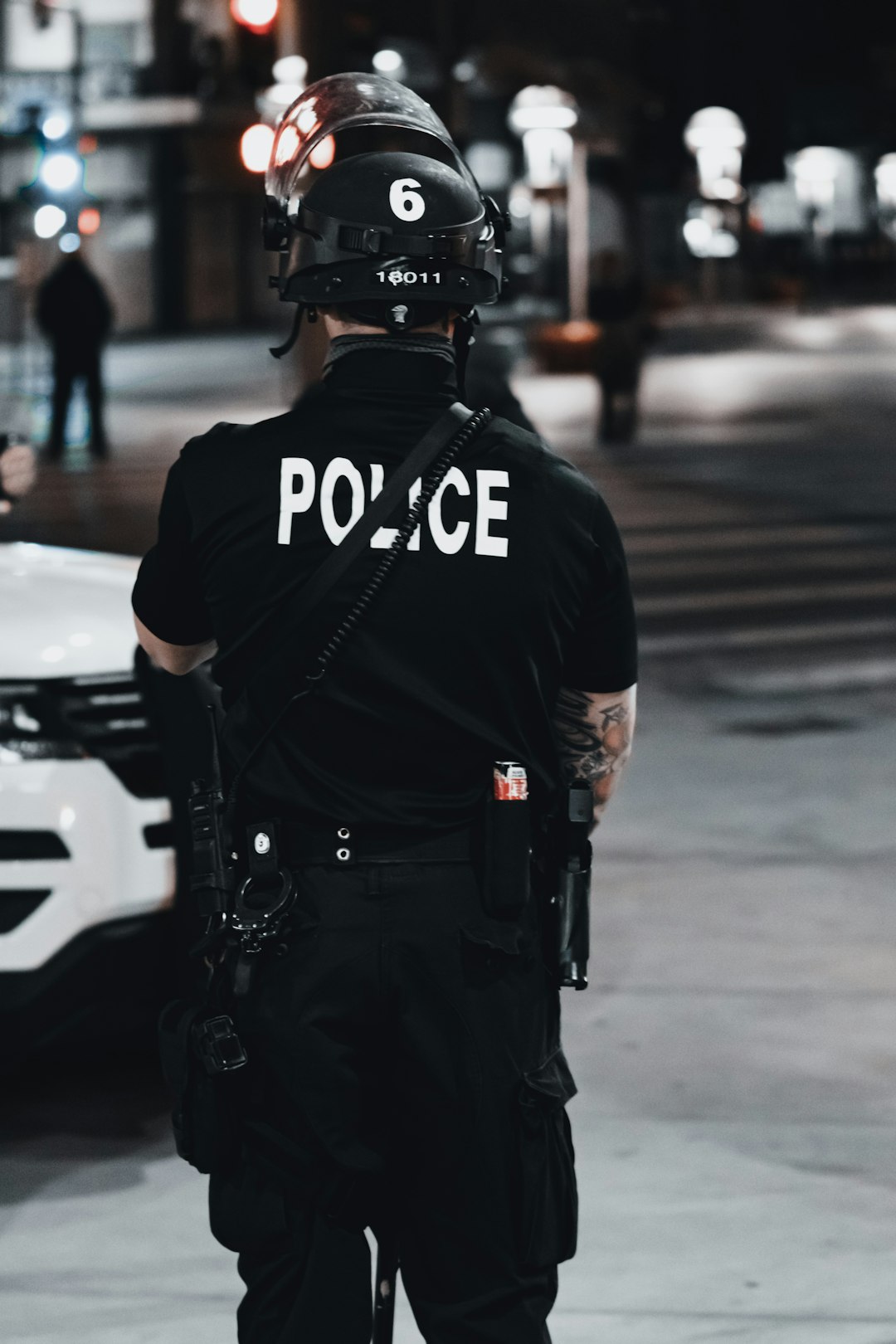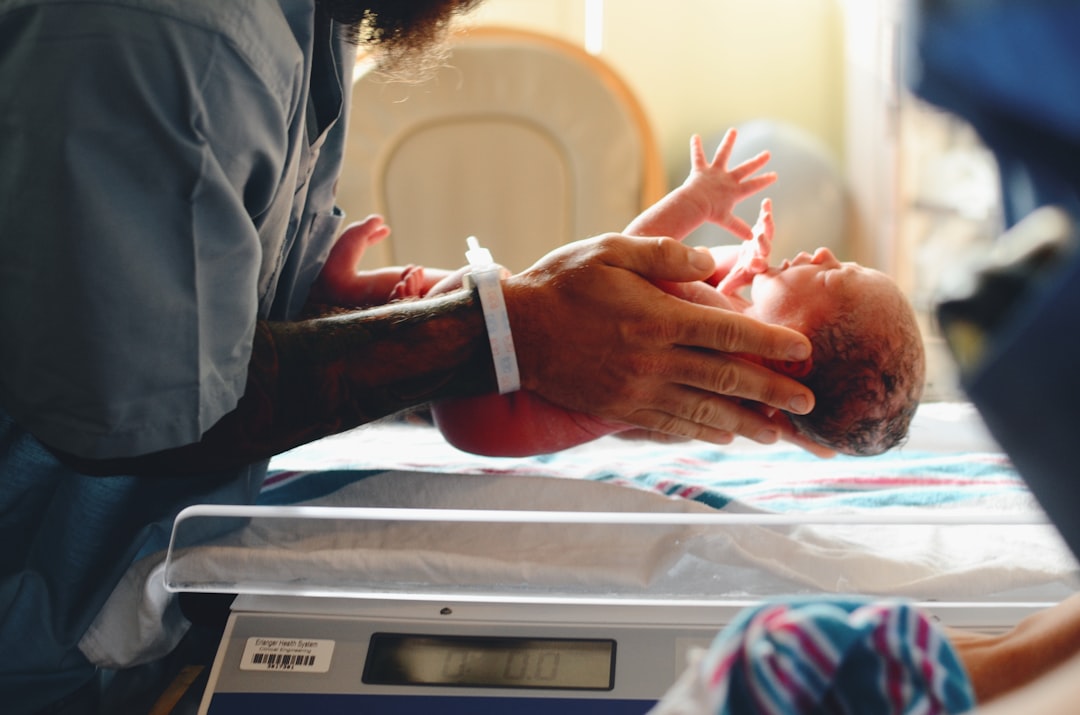‘When things are going sweetly and peacefully, please pause a moment, and then say out loud, “If this isn’t nice, what is?”’
- Kurt Vonnegut
INSIDE UKRAINE’S FIRST CRYPTO-FUNDED EVACUATION AND WAR EFFORT
Victoria Zavgirodnaya, 28, stares out the frosted cafe window as the rain gently falls on a field of green pastures in the Flemish-dominated countryside. With ancient churches dotting the hills and wide, empty roads, it is a microcosm of serenity and a bubble of security, far removed from the cracks of artillery and blistered buildings she once called home.
War seems like a distant memory, and yesterday all at once.
“I woke up early to the sounds of explosions,” Victoria, an only child who lived with her parents on the edges of the Ukrainian capital of Kyiv, recalls of February 24, the day Russia launched its brutal sea, land, and air invasion of its neighbor. “I could not believe what was happening.”
But perhaps somewhere buried in the back of her subconscious, the graphic artist for global gaming sensation GALA, which has sought to regenerate the ever-growing gaming world by providing players with ownership of their in-game items through the use of non-fungible tokens (NFTs), sensed that all their lives would be upended.
“About two weeks earlier, when we heard all this news of what Putin might do, my friends and I packed our bags in case we had to move out fast,” Victoria continues softly. “And the day before, I don’t know why, I went to the camping store to buy sleeping bags, cooking equipment, lights – just in case.”
When such a nightmare came to fruition at dawn less than a day later, it was worse than she could have imagined: persistent explosions in the distance, limited access to food and water, days and nights relegated to a bomb shelter far below the surface streets as her father walked some twenty miles to his work in downtown Kyiv there and back, as she and her mother huddled and hoped for a miracle.
“On the first day, my work offered me help to leave, but I did not want to go. And then, after a few days, the explosions got closer. Finally, friends and colleagues and family were all telling me it was better to leave, that the Russians could be here in a few days, and if I didn’t want to fight them, I should go,” Victoria recalls, replaying the moments in her mind.
Yet escaping a city almost under siege and surrounded by heavy battles and bloodletting fleeing to a neighboring nation was no easy feat. Behind the scenes, GALA and its security teams were carefully carving a delicate plan to find a driver willing to wind through potentially hostile terrain. After four days punctured by anxiety and waiting, and then trekking through burned and broken bridges to reach a pickup point, a mini-van finally appeared to take Victoria far from home, far from her family, and deep into the unknown – marking the first time she had ever even left the country.
More than fifteen hours later, with those crammed into the vehicle taking turns to sit and squish down on a mattress in the back, Victoria was dropped in the dead of night at the Moldovan border, where she relied on faith and the goodness of friends of friends to take her in.
More than four million Ukrainians have fled their embattled homeland in recent weeks, with countless more displaced inside the burning nation. But for those seeking safety abroad, carrying crypto wallets has become a lifeline. As I can attest, neighboring European countries refuse to exchange the hryvnia – the dwindled Ukrainian currency – meaning that many vulnerable Ukrainians arrive in foreign lands essentially penniless.
Cue the cruciality of crypto.
Soon after the invasion erupted, the Ukraine Central Bank halted electronic cash transfers and barred citizens from withdrawing foreign currency in a bid to hold the economy together. As a result, in the days preceding the war, the Ukrainian crypto platform Kuna soared to its highest trading level in almost a year.
Victoria’s evacuation was paid for via cryptocurrency – marking perhaps one of the first blockchain-initiated rescue efforts and signaling a transformation in how such cases are handled in conflict situations in the future. It is complex enough to organize evacuations, but when drivers and fixers cannot accept hard cash, digital transactions proved essential to saving lives.
Nevertheless, even when one successfully leaves war-ridden terrain, a conflict of another stripe begins: where to go when one is alone and has no family to take them in. Initially, Victoria figured she would follow the refugee flow to Poland; however, her online searches for an apartment turned up empty, given the Ukrainian influx. Thus, a colleague in Belgium offered haven. With her own currency of no value, another winding expedition to a country even further from home largely depended on blockchain financing.
But beyond the evacuation element, the ongoing conflict in Ukraine has already been colloquially coined – no pun intended – the “first crypto war.”
Just days before Putin’s violent incursion took hold, the country’s parliament officially “legalized” crypto, sending the country of 44 million to the number four spot in terms of crypto adoption. Then, two days after the horrors began, Ukrainian officials began tweeting in desperation for cryptocurrency donations through its centralized fundraising website.
In the twilight days of the conflict, crypto transactions skyrocketed to almost unprecedented levels. The importance of nurturing an alternative economy was instantly recognized by Ukraine’s President Zelensky and by Ukrainians trapped inside and those eager to assist from the outside. As the weeks have protracted, Ukrainians have come to depend on donations made through blockchain companies as a lifeline.
When the government no longer functions due to the onslaught of mayhem and madness, civilians no longer have access to traditional banks for survival. The pain is exacerbated by the fact that a conventional wire transfer takes upwards of two to three days, and in wartime, time is of the essence. A crypto transaction, however, is almost instantaneous. Additionally, those who wish to help Ukrainians can donate anonymously, avoiding the wrath of Russia if they have any relatives or ties to the heavily sanctioned nation.
WHAT IT TAKES TO BRING DOWN PUTIN FROM THE INSIDE
On the edges of the Ukrainian capital Kyiv, small children emerge from the woods in a country at war chirpily singing a strange song: it is about Russian President Vladimir Putin, the man who orchestrated the brutal invasion of their nation in the twilight of winter, hanging himself.
I ask the father, Oleg, a devoutly Christian man, and well-known Ukrainian painter, where such a song came from, and he responds with a nonchalant shrug.
“I don’t know, but they all sing it,” Oleg says, undisturbed. “That’s the only way to end this war, for Putin to go. If we woke up and heard he was dead, we would be happy. The children understand this.”

Indeed, it is a sentiment largely felt across the conflict-riddled Ukraine, as its neighbor continues to bomb indiscriminately and purport to seize significant chunks of land. However, there is little doubt that the Russian offensive has gone according to Putin’s plans.
“They were told it would be just a few days, two weeks at most,” Andrii Malakhov, a former Ukrainian Special Forces soldier turned volunteer fighter, tells me, referring to the confessions of several captured Russian soldiers in the early days of the onslaught. “Putin thought Ukraine would just crumble, and that would be it.”
One well-connected source to the Kremlin confides that around 95 percent of the Russian troops deployed to Ukraine in the initial phase were either draftees or part of the police force – emphasizing that a principal portion were police, meaning that they had next to no large-scale weapons or combat training.
Despite the continuing failures, the carnage of conflict continues. Many analysts conclude that the only way out in the near term, aside from Kyiv making steep concessions such as formally agreeing not to join NATO or handing over the “independent” regions in the east, is Putin leaving his post.
So how could Putin fall?
One can contend that the revolution against the Russian leader – once a beacon of popularity who has sustained his grip on power since 1999 – appears more likely now than ever before. Putin has plunged his country into economic depravity and ostracism on the world stage because of the war, exposing the fallibility and weakness of its forces, despite once deemed as the second-most potent force on the planet.
While the odds of him being toppled from power still look exceptionally slim, modern history suggests the only way this takes place is via a popular uprising led by civilians or a military coup initiated by the Armed Forces. However, Putin has carefully ensured through his tenure that both the people and the military are far from threatening – from stringent press censorship to the slaying and silencing of contrarians, to government dependency on basic needs and the vehement shutting down of protests the split second they spring up.
Nevertheless, cracks are emerging.
Several Kremlin-linked sources noted that Putin was on the tipping point of deploying the much-feared tactical nuclear weapons in mid-April – even contemplating a strike on Krakow, Poland, some 500 miles from the Ukrainian border.
“Putin considers the use of tactical weapons the most forceful form of dialogue for him because a tactical delivery does not trigger MAD (the policy with the U.S. of mutually assured destruction) and no longer gives a shit about world opinion,” one source points out. “It took three days to talk him down and brought about more concern and opposition from those around him. Things have shifted a lot. The Kremlin is not holistic. There are split factions. Some are pro this war, and others are very much against it.”
Furthermore, sources surmise that relations with Beijing are not as cozy as they seem on the surface. Moscow insiders indicate that Beijing essentially “blessed” the war during Putin’s visit weeks earlier under the condition that the goal was not to attack nor seize the capital or significant parts of the country but to take the two eastern republics of Donetsk and Luhansk and consequently thrust into an uncomfortable and unforeseen geopolitical quagmire.
Further, there is a growing belief in the Kremlin that once the kinetic conflict in Ukraine ends, the West would be a far more lucrative partner than Beijing. However, this concept is unlikely to be popular with the public so long as Putin remains in power.
Some have also hinted that China may have hinged on a Russian defeat all along, eventually forcing a pariah and depleted Moscow to return Siberian land to Beijing. After all, Russia has seized more Chinese land than any other country, a notion that the Communist Party despises.
China once claimed the vast, resource-rich Asian part of Russia to the east of the Ural Mountains on the Sino-Russian border. Yet Russia overpowered the immense parcel of land through the Amur Annexation of 1958. The region endured some military clashes between the USSR and the People’s Republic of China in 1969, amid the height of the Cold War.
In the time since, despite investing billions of dollars in the region, Russia has failed to develop it due to the harsh winters and unforgiving terrain, unable to take advantage of the untapped timber, natural gas, oil and highly sought-after minerals like copper, gold, diamonds, and mercury.
The Kremlin has been relatively successful in suppressing large-scale anti-war demonstrations once they crop up, but the top leadership tier remains uncertain how to deal with the increasing risk of an overthrow.
In late March, Kyiv disseminated alleged intelligence that “influential people” inside Kremlin circles – eager to revive financial links to the West – were weighing up ways to push or potentially assassinate the sitting President. Moscow immediately repelled the claims, along with Washington intel assertions that Putin had been misinformed about his military’s struggles in the war theater.
“There are high-ranking folks inside the Kremlin that can and want to do this. But it is a hard game. First, the public opinion of Russia from the outside world needs to be changed. It needs to be seen that Russia can re-enter the world. But Putin won’t step down on his own, and he can’t be taken out forcefully or through a full-blown coup,” the well-placed source continues. “That will lead to a civil war.”
Please follow and support my investigative/adventure/war zone work for LIBERTY DISPATCHES here: https://dispatch.libertyblockchain.com/author/holliemckay/
For speaking enquires please contact meta@metaspeakers.org
For those interested in learning more about the aftermath of war, please pick up a copy of my latest book “Only Cry for the Living: Memos from Inside the ISIS Battlefield.”
If you want to support small business:
And also now available Down Under!
My new coffee table book with the amazing photographer @JakeSimkinPhotos is additionally available for pre-order, slated for release later this Spring: Afghanistan: The End of the US Footprint and the Rise of the Taliban Rule
Thanks again for your support. Follow me on Instagram and Twitter for more updates. Please consider a paid subscription to help me continue to do this work.













DISPATCHES FROM EUROPE: Inside Ukraine’s First Crypto-Funded Evacuation Effort, and What it Takes to Bring Putin Down from the Inside